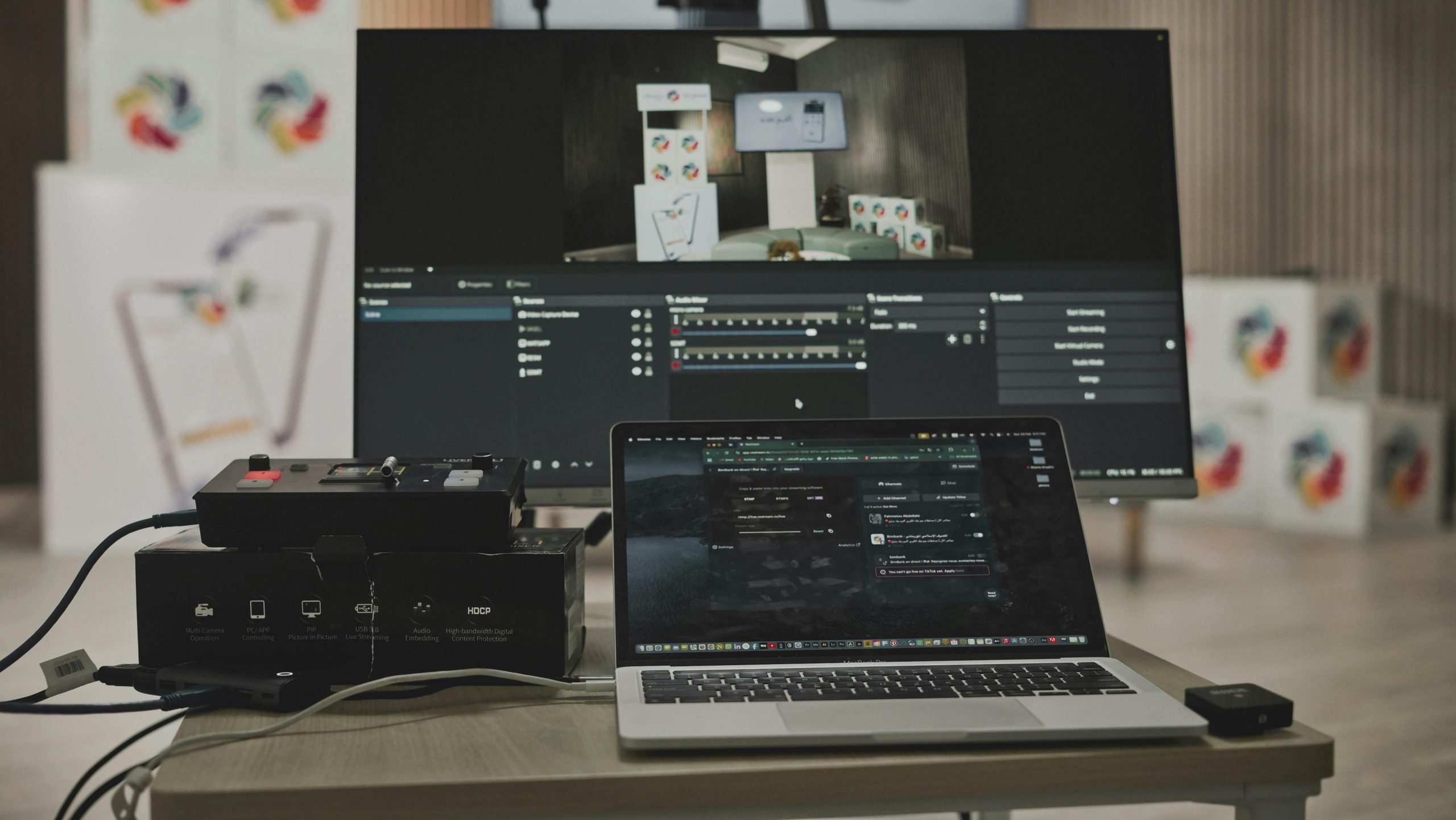Enhancing Multimonitor Setup: Troubleshooting HDMI Splitters and Connection Challenges
In the pursuit of an efficient workspace, many professionals and enthusiasts seek to expand their laptop’s display capabilities. One common solution involves using HDMI splitters to connect multiple monitors. Recently, I decided to implement this setup by purchasing two HDMI splitters, intending to connect my laptop to dual monitors for increased productivity. The plan was to keep one as a backup in case the other encountered issues, ensuring a seamless transition should problems arise.
However, upon attempting to establish the connection, I encountered unexpected challenges. Despite both monitors being detected by my laptop—indicating that the connection was recognized—the screens remained blank. This scenario is a common hurdle for users working with splitters and multi-display configurations, often leading to confusion and frustration.
Understanding why this occurs requires a brief overview of HDMI splitters versus other multi-monitor solutions. HDMI splitters are designed to duplicate a single HDMI signal to multiple displays, rather than extending the desktop across multiple monitors. If your goal is to have independent displays, an HDMI splitter is not the appropriate device; instead, you’ll need a multi-display adapter or docking station that supports multiple outputs.
In my case, the detection by the laptop shows that the connection pieces are physically recognized, but the lack of video output suggests possible issues such as incompatible hardware, improper setup, or limitations of the splitters themselves. It is also worth verifying whether the splitters are active or passive, as active splitters usually support higher resolutions and longer cable runs.
Here are some recommended steps to troubleshoot and improve your multi-monitor setup:
-
Clarify Your Goals: Determine whether you want to duplicate your primary display or extend your desktop to multiple monitors. This choice dictates the appropriate hardware and configuration.
-
Check Hardware Compatibility: Ensure that your splitters support the resolution and refresh rate you intend to use. Confirm whether they are active or passive devices and whether they are compatible with your laptop’s output specifications.
-
Use Proper Equipment: For extending desktops, consider using a docking station, USB-to-HDMI adapters, or multi-output graphics cards designed for multi-monitor setups, rather than HDMI splitters intended for duplication.
-
Configure Display Settings: After establishing the correct hardware, access your operating system’s display settings to detect and arrange your monitors appropriately.
-
Test Components Individually: Verify each component’s functionality separately—test the monitors with direct connections, and test splitters with known working equipment to isolate potential faults.
6.
Share this content:



